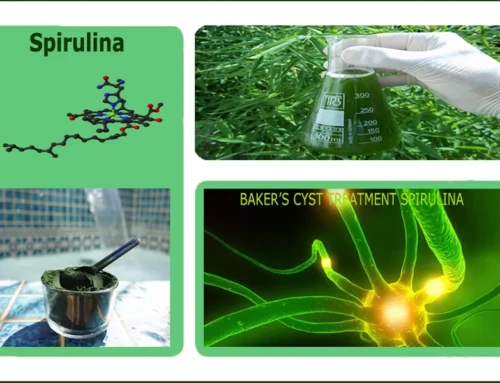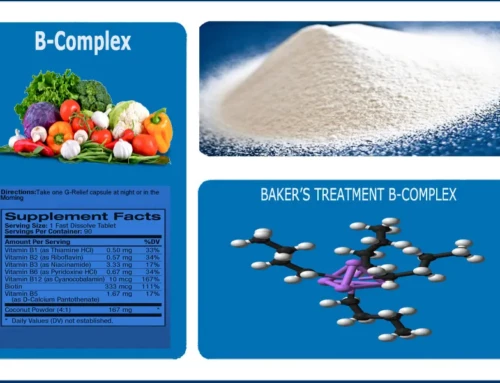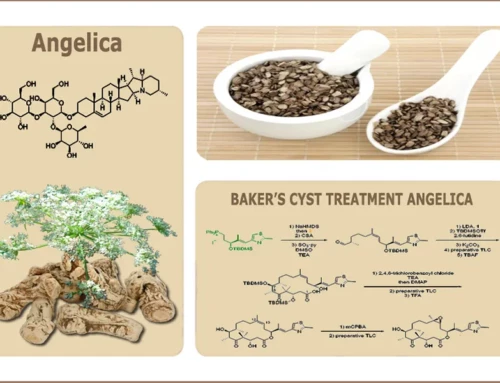Project Description
Silica
The current consensus is that Silica certainly seems important in the growth, strength, and management of many connective tissues.

Silica is generally colorless to white and insoluble in water. When associated with metals or minerals the family of silicates is formed. Orthosilicic acid is the form predominantly absorbed by humans and is found in numerous tissues including bone, tendons, aorta, liver and kidney.
Compelling data suggest that silica is essential for health however, deficiency induces deformities in skull and peripheral bones, poorly formed joints, reduced contents of cartilage, collagen, and disruption of mineral balance in the femur and vertebrae. Very little toxicity data exist regarding aqueous silica consumption due, in part, to the lack of anecdotal reports of toxicity and general presumption of safety. In conclusion, many forms of silica exist in nature and compelling data support myriad beneficial effects of silica in water.







